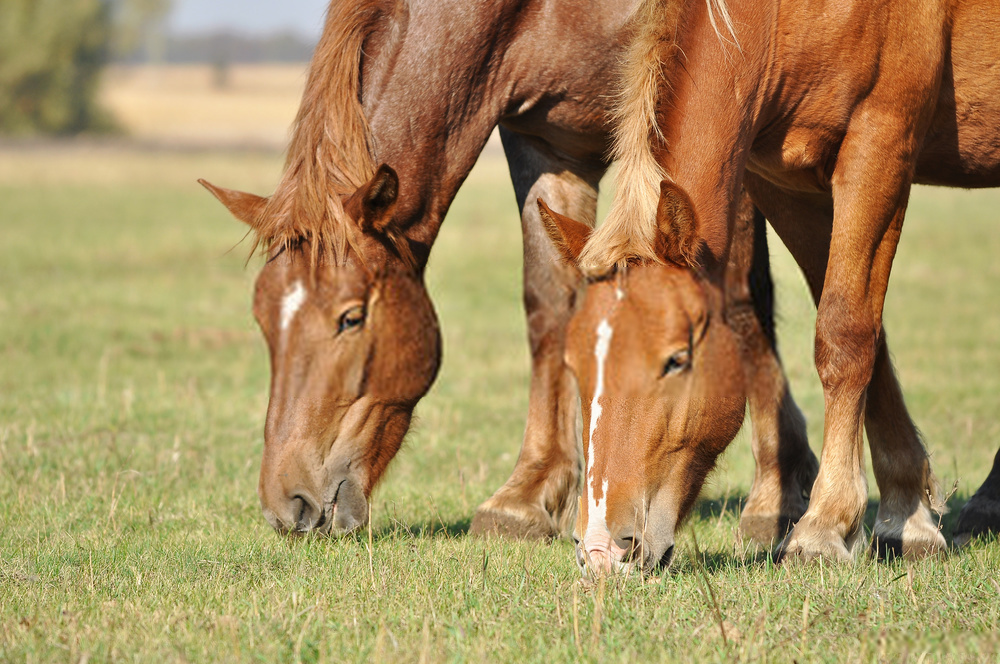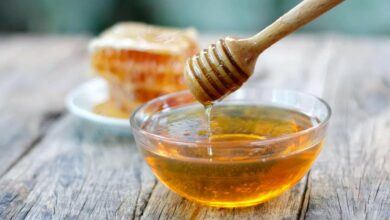Health and Medical
Why Artificial Equine Breeding Is Gaining Popularity?

Equine breeding is an essential aspect of the industry, which allows the supply of horses with appropriate genetic background and temperament, which enable the animals to perform as per expectations, for various disciplines and activities. Professionals in this field use certain veterinary pharma products that enhance the attractive traits of certain breeds. The semen of these equines would contain these most-desired qualities that can be artificially inseminated into the mare’s uterus. It is critical because a few companies and applications have stringent rules regarding live cover and artificial insemination.
Horse owners can have multiple choices by having various techniques and technology of equine reproduction. This blog is about to share thoughts on the natural breeding process, artificial breeding needs, other techniques, and what happens during artificial insemination.
What is the Need of Artificial Equine Breeding?
Many professional centers and stables opt for fertility-enhancing products that help gain better results when they house studs and mares for breeding. A few places would proffer boarding services, from breeding to foaling, solely to get a better offspring. In a few cases, these products help in impregnating the mares, which have infertility issues.
What is the natural breeding process?
In general, mares are bred through a natural process. The foal attendants in coordination with the vet expert would determine the proper time for breeding. Teasing, palpation, and ultrasonography per rectum are few testing procedures. The concerned people would be able to decide the time of breeding, as it should be completed before ovulation.
Caretaker washes the stallion’s penis, to remove smegma and reduce chances of contamination. They introduce the mare slowly until they observe signs of acceptance in the equine. The trained caretaker makes sure that the stallion does not injure the mare during the mating process.
What Happens During Artificial Insemination?
In a few instances, the natural process cannot commence, which would call for Equine artificial reproduction. The key steps of the process include
- Professionals use an artificial vagina to obtain semen for Equine Breeding.
- Doctors slowly add a certain pharma product to the semen called semen extender that contains an antibiotic to improve semen survival.
- The vet deposits semen into the uterus with an insemination pipette, which marks the end of the procedure.
- The vet uses various examination procedures to confirm ovulation.
Crucial tips for increasing the success rate
- Later doctors add an antibiotic which helps in improving the semen quality.
- Experts suggest the use of a few morphologically normal spermatozoa before ovulation.
- Disposable versions of insemination pipette are popular, as they reduce the chances of infection or contamination.
- Specialists believe that if one follows the proper handling and storage techniques, it could lead to better chances of a good pregnancy.
- The professional should put semen to use within forty-eight hours of its collection.
Other Emerging Technique
In recent times, embryo transfer is a popular procedure in which a young fertilized egg is flushed from the donor mare’s uterus, evaluated, and graded to be implanted into a recipient mare. This procedure allows for donor mares to continue with their athletic career, while still having offspring.
Conclusion
Scientists are providing performance and health enhancement drugs that would boost the strength of the mare and foal. In other cases, the vet products help improve the semen life and effectiveness in the artificial insemination process.





